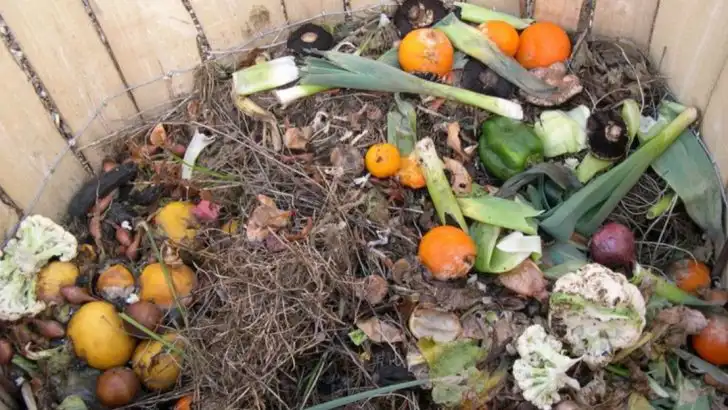Composting is one of the best things you can do for your garden, but simple mistakes can turn a good habit into a major problem. Poorly managed compost can invite pests, create unpleasant odors, and even harm your plants instead of helping them thrive.
In this article, we break down 11 common composting mistakes that could be sabotaging your garden — and show you exactly how to avoid them. With a few smart adjustments, you can keep your compost healthy, balanced, and full of the nutrients your plants need.
Protect your garden by learning the right way to turn kitchen scraps into black gold!
Too Much Green Material
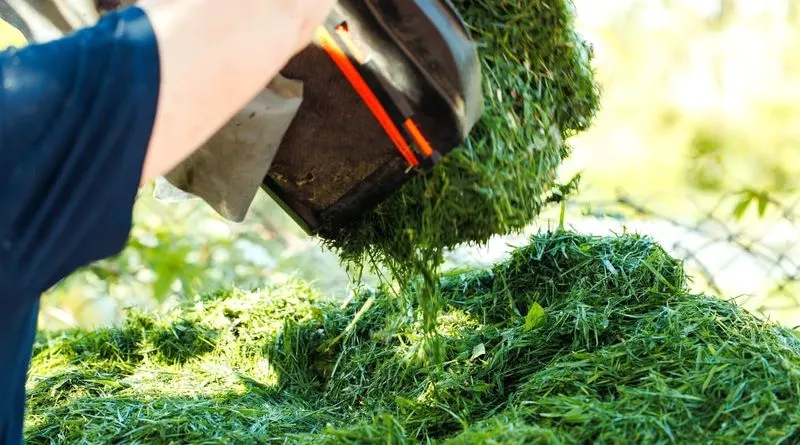
Piling up heaps of grass clippings might seem like a quick way to build compost, but green material needs balancing. Too much green leads to a slimy, smelly pile that’s unattractive and ineffective. The key is balance. Mix green with brown materials, like dried leaves and straw, to maintain airflow and temperature. Cutting back on green waste ensures the compost can break down efficiently without turning into a messy sludge. Aim for a ratio of two parts brown to one part green to keep the pile healthy and vibrant. This harmony will craft the perfect blend for your soil.
Ignoring the Importance of Aeration
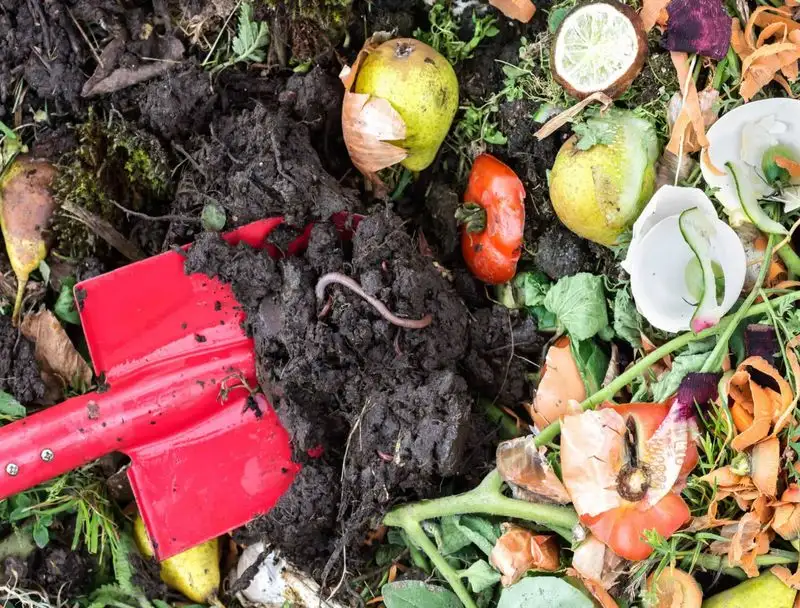
A compost pile should breathe. Without proper aeration, it becomes a stinky mess. Regularly turning the pile introduces oxygen, vital for decomposition. Aeration prevents unpleasant odors by promoting aerobic bacteria. Think of it like stirring a soup to blend flavors. When compost is left untouched, anaerobic bacteria take over, slowing the process and creating foul smells. A simple turning every few weeks is enough to keep things fresh and active. This habit not only accelerates decomposition but also ensures your compost pile remains a pleasant addition to the garden.
Neglecting Moisture Levels
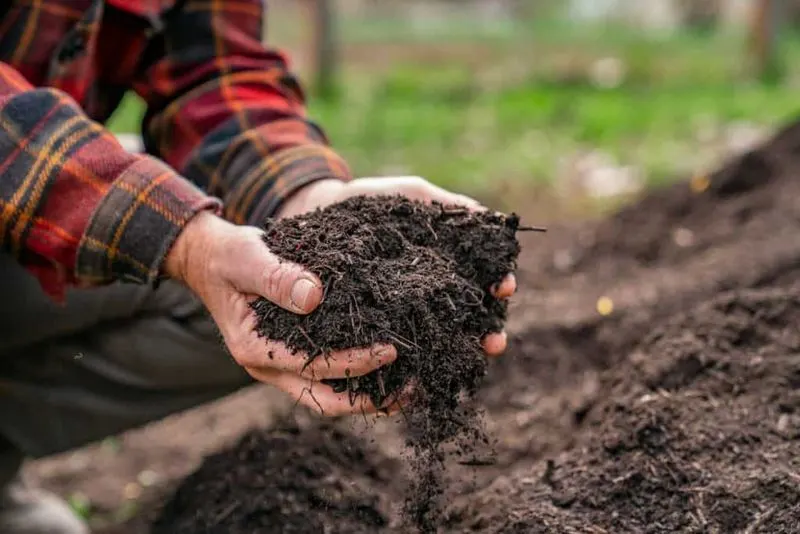
A healthy compost pile is neither too dry nor too wet, but finding that sweet spot can be tricky. Dry compost won’t break down effectively, while an overly wet pile can drown the beneficial organisms. Imagine squeezing a damp sponge; that’s the ideal moisture level for compost. A little attention with a watering can or covering the pile during rain helps maintain balance. Checking moisture regularly ensures the microbes are happy and working hard. Remember, it’s about creating the perfect environment for nature to do its magic.
Adding Meat and Dairy
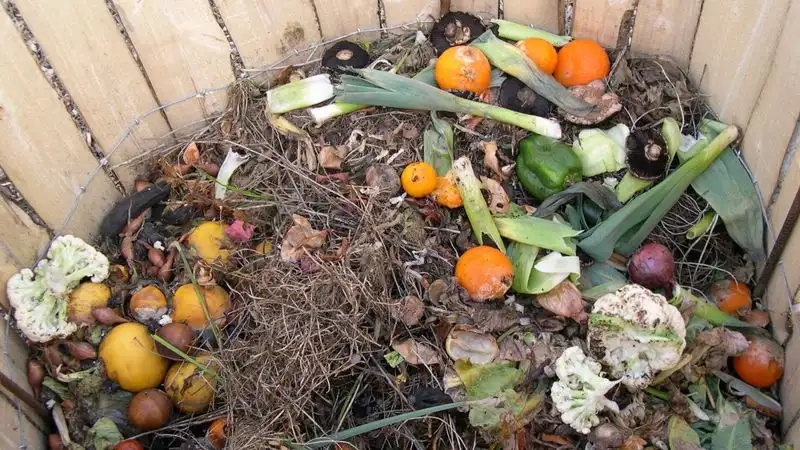
Tossing meat and dairy into the compost might seem harmless, but these scraps invite trouble. Pests like raccoons and flies love them, turning your pile into a feeding ground. It’s time to rethink those kitchen scraps. Stick to fruits, vegetables, and grains to keep your compost pest-free. Not only do meat and dairy attract critters, but they also create foul odors and take longer to decompose. Embracing plant-based scraps ensures the compost breaks down efficiently and stays clean. Keep it simple, and let the bugs and odors stay away.
Overlooking Temperature
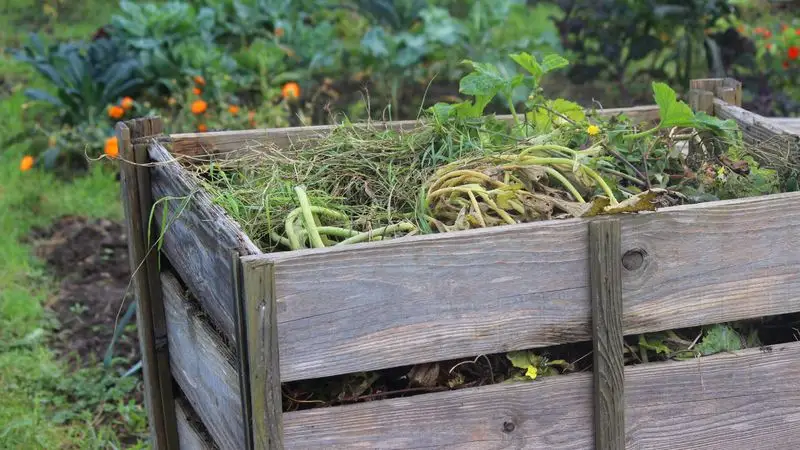
A compost pile is like a living organism, thriving at the right temperature. Overlooking this factor can stall decomposition. A temperature between 130°F and 160°F is ideal. Too cold, and the compost slows; too hot, and it can kill beneficial microbes. A thermometer helps you monitor and adjust. Turning the pile and balancing materials can control temperature effectively. This practice encourages faster breakdown and keeps everything in harmony. Remember, a thriving compost pile is a warm one, buzzing with microbial life and ready to enrich your garden.
Using Diseased Plants
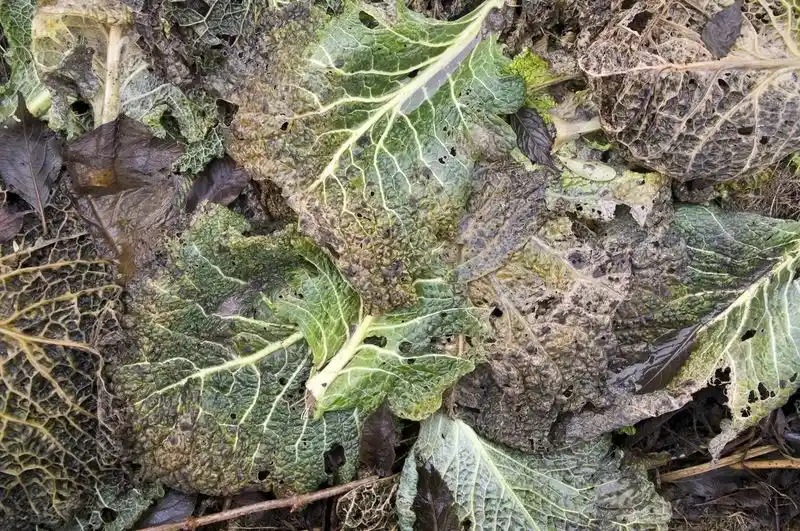
Adding diseased plants to your compost is like inviting trouble into your garden. These materials can spread pathogens, infecting healthy plants. It’s essential to recognize and separate such risks. Only compost healthy plants to prevent disease spread. If unsure, leave it out. Heat can kill some pathogens, but why take the chance? Being cautious ensures your compost contributes positively to the soil without hidden threats. A vigilant gardener can protect the garden and keep everything thriving. Choose wisely when deciding what goes into your compost pile.
Neglecting to Chop Materials
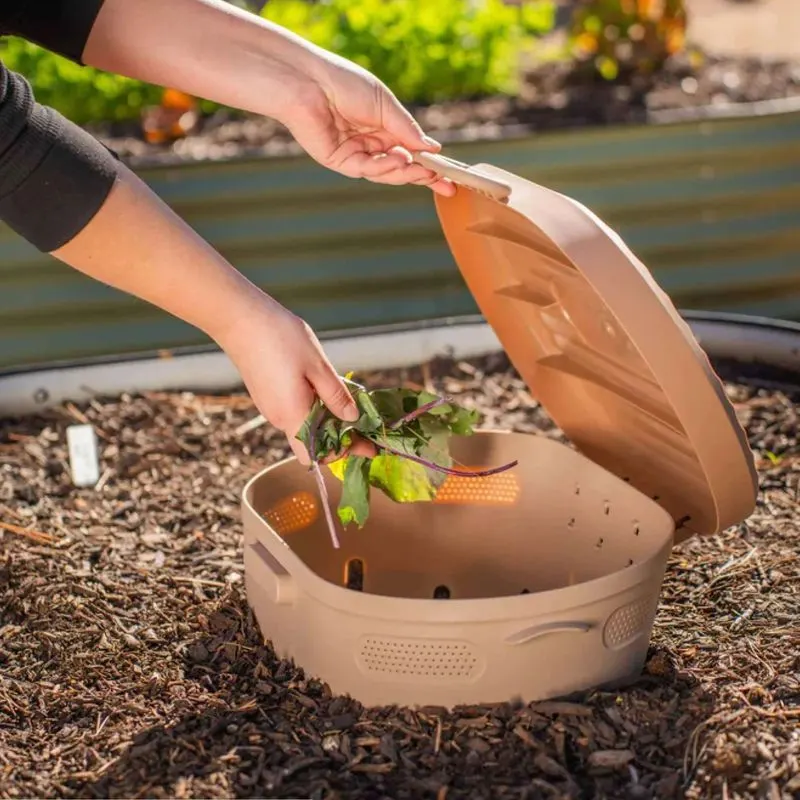
Whole leaves and large chunks of waste can slow down the composting process. Chopping materials into smaller pieces speeds decomposition. It’s like cutting vegetables before cooking; smaller pieces cook faster. Applying this to composting makes the breakdown process more efficient. The greater surface area allows microbes to work quicker. Spending a little time chopping can save weeks in composting time. This practice ensures a fine, rich compost ready for the garden in no time. A simple step with big payoffs in compost quality and speed.
Forgetting to Layer Properly
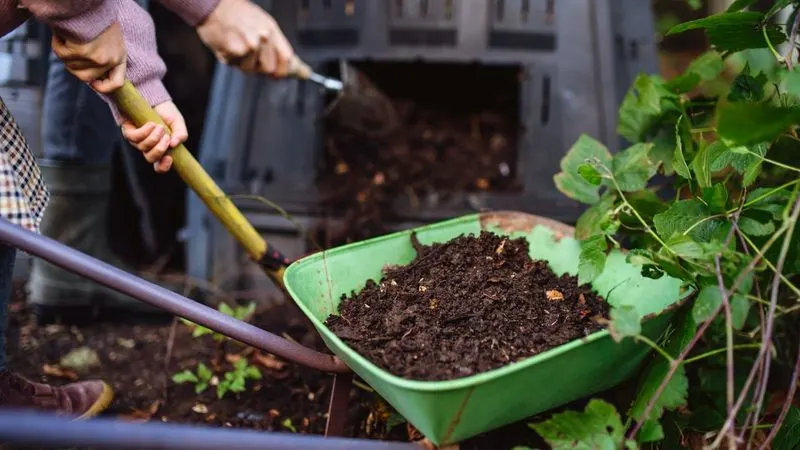
Composting isn’t just about tossing waste in a heap. Proper layering is crucial. Alternating between green and brown materials promotes airflow and moisture balance. It’s like building a lasagna; layers ensure flavors meld perfectly. In composting, balance ensures efficient decomposition. Without proper layering, air pockets form and slow the process. Consistency in layers encourages a thriving ecosystem of microbes. This attention to detail rewards you with nutrient-rich compost, turning waste into garden gold. Embrace the art of layers and watch your compost transform.
Adding Weeds with Seeds
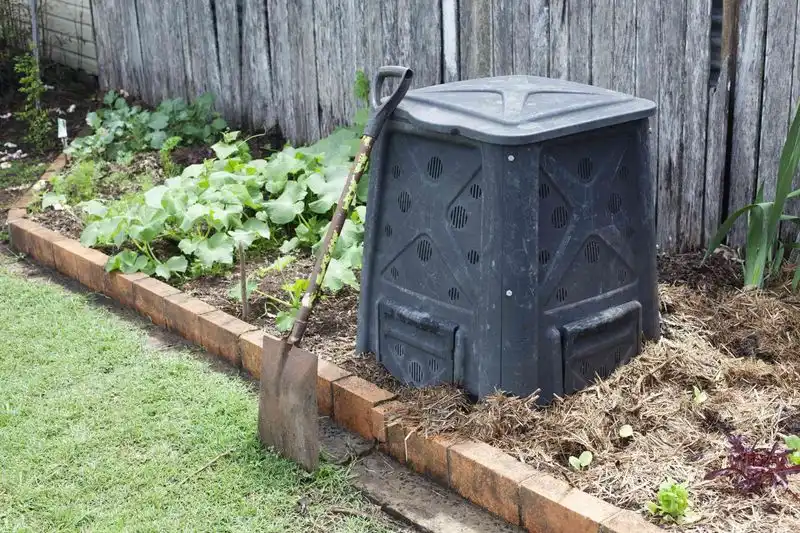
Throwing weeds into the compost seems harmless until they sprout in your garden. Weeds with seeds can survive the composting process, spreading when used. It’s like planting trouble instead of flowers. Ensure weeds are seed-free, or skip them altogether. High compost temperatures can kill seeds, but it’s not guaranteed. Vigilance is key to maintaining a weed-free garden. Eliminating weeds at the source protects your efforts and ensures the compost enriches without unwanted guests. A little caution goes a long way in keeping your garden pristine.
Ignoring the Importance of Diversity
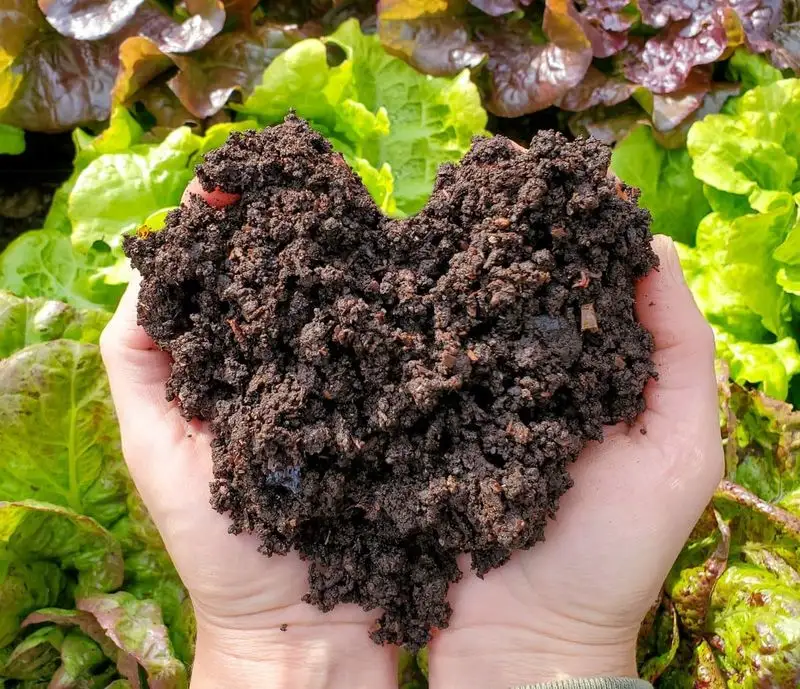
A diverse compost pile is a healthy one. Relying on just one type of waste limits the nutrients available. Think of it like a balanced diet for your compost. The more varied the ingredients, the richer the end product. Mixing kitchen scraps, yard waste, and paper products creates a nutrient-rich blend. Including diverse materials ensures a wide range of nutrients, helping plants thrive. Diversity also aids in maintaining the right temperature and moisture levels. This practice leads to robust compost and a flourishing garden.
Underestimating Time Required
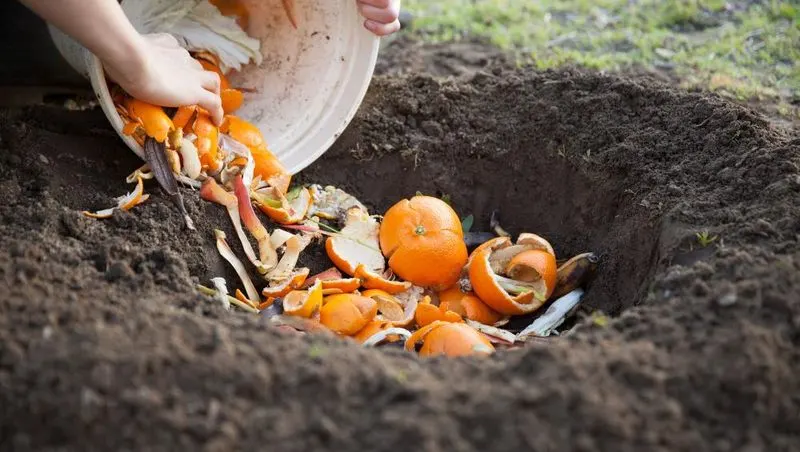
Composting is a slow art, demanding patience and persistence. Expecting quick results leads to frustration. Nature takes its time, breaking down waste into valuable soil. Like waiting for a fine wine to mature, composting requires time. Regularly turning and balancing materials speeds things up but doesn’t eliminate the wait. Understanding this timeline helps set realistic expectations. This patience pays off with rich compost that nurtures your garden. Embrace composting as a journey, not a sprint, and watch your efforts bloom into fruitful rewards over time.

